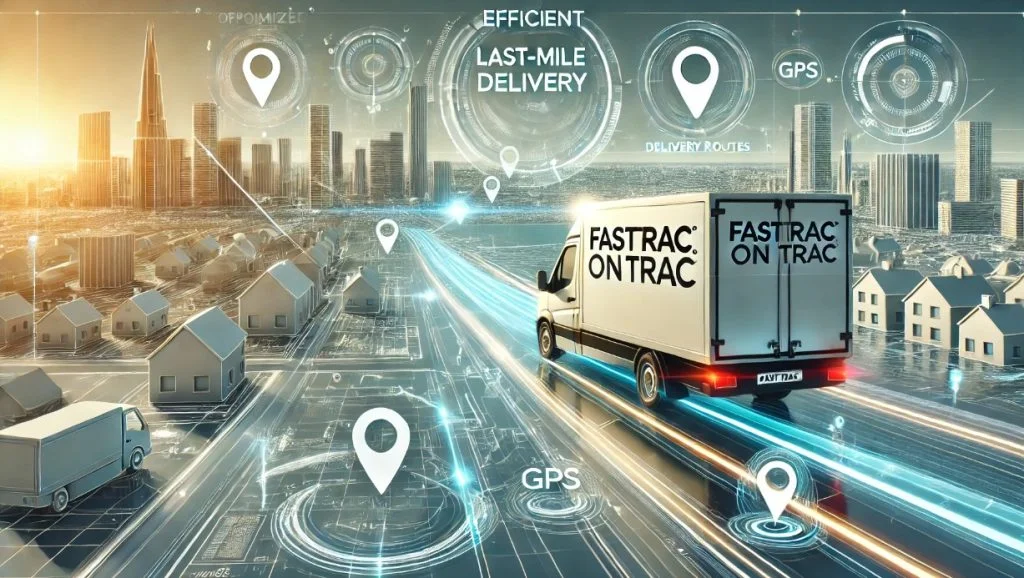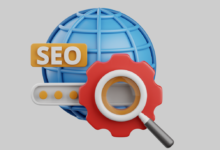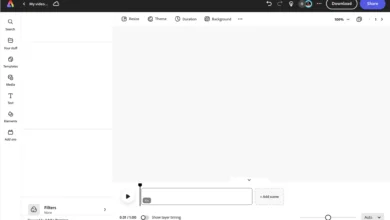The Rise and Role of Methatreams in the Digital Age

methatreams In today’s fast-paced digital world, buzzwords seem to crop up every other day, with some gaining traction and reshaping industries while others fade into obscurity. One term that has been making waves recently is “methatreams.” At first glance, it might sound like a niche concept, but delve deeper, and you’ll find that methatreams hold the potential to redefine how we think about interconnected systems, information sharing, and collaborative innovation. In this article, we’ll explore what methatreams are, why they matter, and how they’re shaping the digital landscape.
What Are Methatreams?
To understand methatreams, let’s start with the basics. The term “methatreams” combines “meta,” meaning beyond or about itself, and “streams,” referring to continuous flows of data or information. In essence, methatreams are overarching streams of interconnected data that provide context, structure, and enhanced functionality to multiple smaller streams within a network.
Picture it like this: in a river system, you have tributaries feeding into a larger body of water. Methatreams are the main rivers, the systems that unify these tributaries, giving them purpose and direction. In the digital realm, these streams might represent data flows from various sources—social media, IoT devices, databases, and user interactions—all unified into a single, intelligent system.
Methatreams go beyond traditional data aggregation. They don’t just collect and compile information; they interpret it, providing a meta-layer of understanding that helps systems and users make sense of complex, multifaceted data sets. This contextual intelligence is what sets methatreams apart and positions them as game-changers in fields ranging from artificial intelligence to digital marketing.
The Key Components of Methatreams

To truly grasp the power of methatreams, it’s essential to break down their key components. Here are the pillars that make up a methatream:
1. Integration of Data Sources
Methatreams rely on the seamless integration of multiple data sources. This might include structured data from relational databases, unstructured data from social media feeds, or real-time inputs from IoT sensors. The integration process ensures that data flows into the methatream without bottlenecks or disruptions.
This level of integration requires advanced APIs, middleware, and sometimes even custom-built solutions to ensure compatibility between diverse systems. For organizations, achieving this integration is often the first hurdle in implementing methatreams, but it’s a necessary step to unlock their full potential.
2. Contextual Intelligence
At the heart of methatreams lies their ability to provide context. By analyzing the relationships between various data points, methatreams can draw meaningful insights that go beyond surface-level information. For instance, a methatream might identify trends in customer behavior by linking purchase histories, social media interactions, and website activity—something traditional data systems might struggle to accomplish.
This contextual intelligence is powered by algorithms, machine learning models, and natural language processing. It enables methatreams to function as more than just data repositories; they become systems of understanding that drive smarter decision-making.
3. Scalability and Flexibility
Methatreams are designed to handle vast amounts of data without compromising on performance. Scalability is a critical factor, especially in today’s world where data volumes are increasing exponentially. Whether it’s a startup with modest data requirements or a global enterprise managing petabytes of information, methatreams can adapt to fit the need.
Flexibility also comes into play, as methatreams must work across different industries and use cases. From healthcare to e-commerce to supply chain management, the applications of methatreams are virtually limitless. Their adaptability ensures that organizations can customize them to suit specific goals and challenges.
Why Are Methatreams Important?
Now that we have a foundational understanding of methatreams, let’s dive into why they’re so significant. What makes methatreams more than just another tech buzzword?
1. Enhancing Decision-Making
In the age of big data, the ability to make informed decisions quickly is more crucial than ever. Methatreams simplify this process by aggregating and contextualizing data from multiple sources. For example, a retail company using methatreams might detect a surge in demand for certain products based on real-time inventory levels, customer reviews, and social media trends. Acting on these insights allows businesses to stay ahead of the competition.
2. Improving Efficiency
By streamlining data flows and eliminating redundancies, methatreams can significantly enhance operational efficiency. Consider the case of supply chain management: a methatream can track shipments, monitor inventory, and predict potential disruptions all in one place. This unified view reduces the time and resources spent on manual data consolidation, freeing up teams to focus on higher-value tasks.
3. Driving Innovation
One of the most exciting aspects of methatreams is their potential to drive innovation. By providing a comprehensive view of data and uncovering hidden connections, methatreams empower organizations to develop new products, services, and strategies. For instance, in the healthcare sector, methatreams might reveal patterns in patient data that lead to breakthroughs in personalized medicine.
Applications of Methatreams Across Industries
The versatility of methatreams means they can be applied across a wide range of industries. Here are a few examples of how different sectors are leveraging methatreams to create value:
1. Healthcare
In healthcare, methatreams are transforming patient care and medical research. By integrating data from electronic health records, wearable devices, and genetic testing, methatreams provide a holistic view of patient health. This allows doctors to make more accurate diagnoses, predict potential health risks, and personalize treatment plans.
Moreover, methatreams are aiding researchers in identifying trends and correlations in vast medical datasets. This accelerates the development of new drugs and therapies, ultimately improving outcomes for patients worldwide.
2. Finance
The financial sector thrives on data, making it a natural fit for methatreams. Banks and investment firms use methatreams to analyze market trends, assess risks, and detect fraudulent activities. For instance, by integrating transaction data with external economic indicators, a methatream can alert financial institutions to potential risks in real time.
Additionally, methatreams enhance customer experiences by enabling personalized financial advice. They can analyze spending habits, investment portfolios, and long-term goals to provide tailored recommendations that align with individual needs.
3. Retail and E-Commerce
In the competitive world of retail, understanding customer behavior is key. Methatreams help retailers gain deeper insights by combining data from online and offline channels. For example, a methatream might analyze in-store foot traffic alongside website analytics to optimize marketing campaigns and inventory management.
E-commerce platforms can also benefit from methatreams by using them to power recommendation engines. By analyzing purchase histories, browsing behaviors, and social media interactions, methatreams enable platforms to suggest products that customers are most likely to buy.
Challenges and Future Directions
While methatreams offer immense potential, they’re not without challenges. Implementing methatreams requires significant investment in technology, expertise, and infrastructure. Organizations must also address issues related to data privacy and security, as the integration of multiple data sources increases the risk of breaches.
However, the future of methatreams looks promising. Advances in artificial intelligence, edge computing, and blockchain are likely to enhance their capabilities, making them even more powerful and secure. As organizations continue to explore and adopt methatreams, we can expect to see innovative applications that reshape industries and improve lives.
Conclusion
Methatreams represent a new frontier in the digital landscape, offering a way to unify and contextualize data in ways that were previously unimaginable. From improving decision-making to driving innovation, their potential applications are vast and varied. While challenges remain, the benefits of methatreams far outweigh the hurdles, making them a technology worth watching.
As we move further into the digital age, methatreams are poised to become a cornerstone of interconnected systems, enabling organizations to harness the full power of their data. Whether you’re a tech enthusiast, a business leader, or simply curious about the future of technology, methatreams are a concept you’ll want to keep on your radar.




